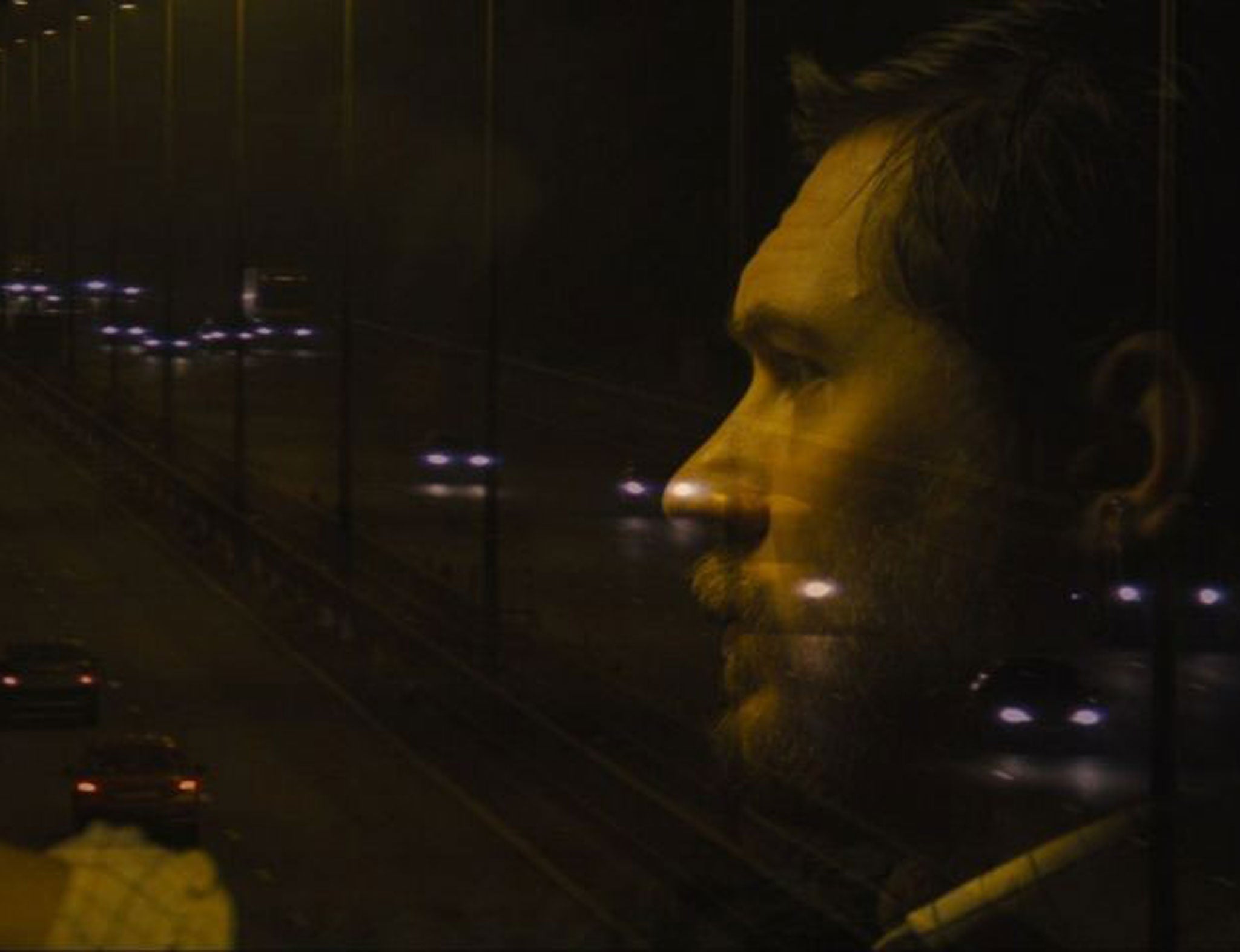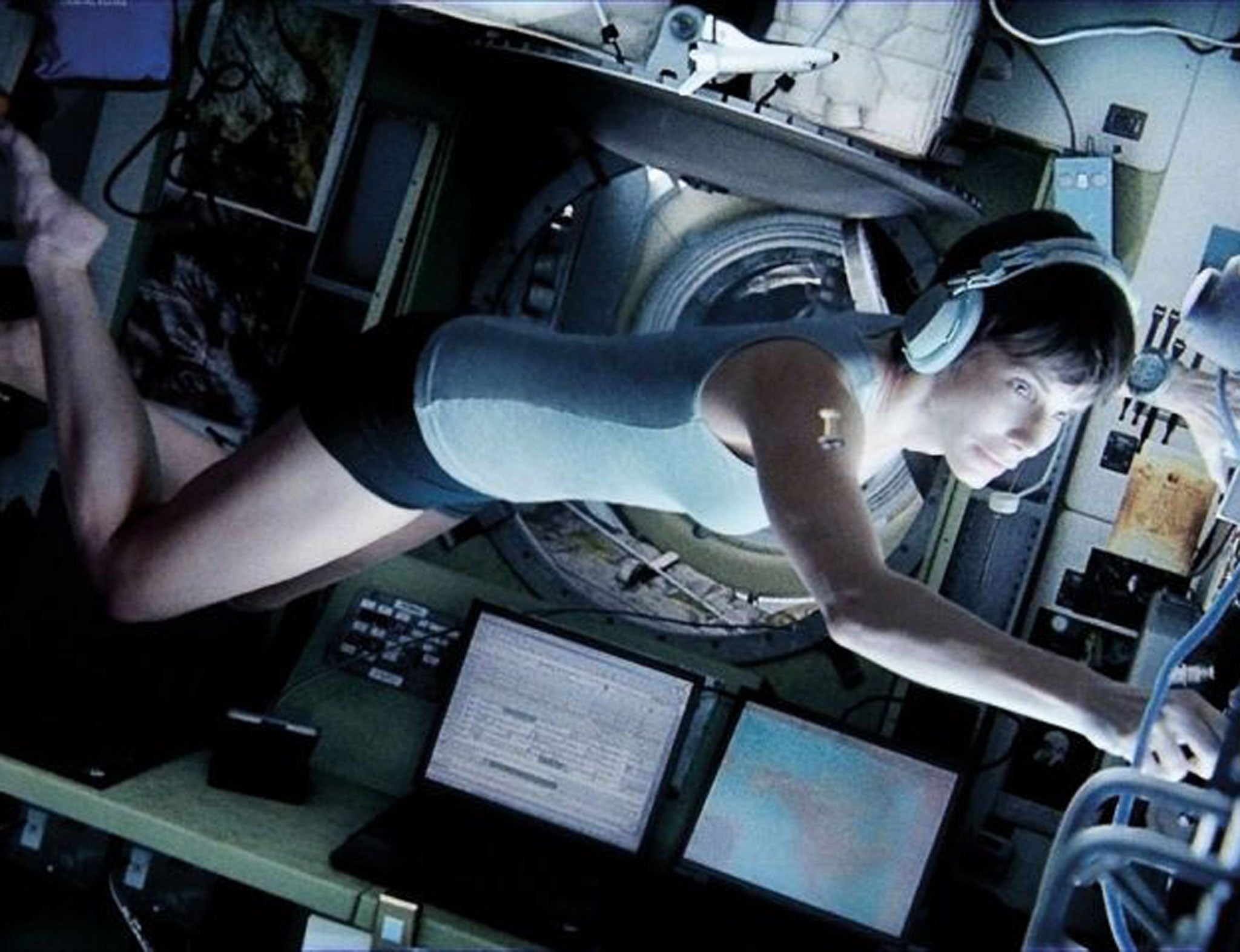From Robert Redford on a boat to Tom Hardy in traffic, how solo films took over the screen
Stars have both made films in which they are the sole actor. Who needs co-stars anyway? By Geoffrey Macnab
Your support helps us to tell the story
This election is still a dead heat, according to most polls. In a fight with such wafer-thin margins, we need reporters on the ground talking to the people Trump and Harris are courting. Your support allows us to keep sending journalists to the story.
The Independent is trusted by 27 million Americans from across the entire political spectrum every month. Unlike many other quality news outlets, we choose not to lock you out of our reporting and analysis with paywalls. But quality journalism must still be paid for.
Help us keep bring these critical stories to light. Your support makes all the difference.
We are in the most “connected” era in human history. Thanks to digital technology and social media, true solitude is harder than ever to find. It is ironic, then, that so many new films are being made about isolation. There has been a spate of recent “man alone” movies (and one or two “woman alone”) in which protagonists confront the elements, loneliness and their own likely doom, discovering in the process that their smartphones and tablets can't help them when they are cut adrift.
Many of these new films seem at first like traditional “boys' own” stories. JC Chandor's exceptional All Is Lost, featuring Robert Redford as a lone sailor in the Indian ocean whose yacht is slowly sinking, is typical of the genre. Redford is the only actor in the film. A freak accident causes what at first seems like minor damage to his boat. He reacts in sensible, pragmatic fashion but his problems soon multiply. He is out of radio contact and the elements are against him.
Depending on your temperament, you can either take All Is Lost as a seafaring yarn or as an existential allegory about a man confronting his own almost certain death. There is ecstasy as well as dread in his story, a sense that, in extremis, he sees his situation with a clarity that comes from his predicament. Another pleasure of the film is the absence of inane chatter, flashing screens and ring tones. The only speech is a short voice-over early on and an expletive the sailor yells when he's at the end of his tether.
Joe Simpson, the climber whose survival after breaking his leg is chronicled in Kevin Macdonald's film Touching the Void, made it very clear that neither books nor films could capture one essential element of his experience, namely the physical agony.
“You can't remember pain. The brain is very good. If you could remember pain, we'd all be mad. We'd all have one-child families as well,” Simpson suggested. “Where my book falls down, and the film does as well, is that you can't really describe what it feels like to fall repeatedly on a broken leg or what it feels like to be left for dead. You can't articulate the sense of loneliness and dread.”
Movies may touch on this dread but they tend to have a triumphal narrative arc. When mountaineer Aron Ralston (James Franco) cuts off his arm in Danny Boyle's 127 Hours, he doesn't bleed to death. Likewise, the reason we know Joe Simpson's story so well is that he made it down the mountain. Simpson claimed that the reason he kept on moving, even on his shattered leg, wasn't because he thought he might live or because he was a strong personality. “It was because I didn't want to die on my own. I wanted someone to hold me when I died.” In other words, it was terror as much as heroism that drove him.
“Man alone” films may struggle to show the pain and fear that their protagonists really feel in their darkest moments. Nonetheless, audiences, often living cosseted city lives themselves, are still fascinated by their stories about heroes in barren wilds.
The flip side to the movies that pit men against nature are the films in which the men are lost not at sea nor in space nor in a desert nor up a mountain but in the heart of Western consumer society itself. Steven Knight's new film Locke stars Tom Hardy as Ivan Locke, an engineer driving by night down the motorway in the direction of the hospital at which a woman with whom he had a one-night stand is about to give birth to their baby. Locke is the only character seen in the film. Just as Redford in All Is Lost is trapped in his boat, Locke is never seen outside the interior of the car. He never stops talking, fielding and making call after call from his wife, his work colleagues, his son (who is watching their favourite football team and relaying details of the match) and from the woman in the hospital. Gradually, we become aware that this seemingly self-reliant and very practical man's life is unravelling with each new call he makes. He is about to lose his job and his family. In his way, he is every bit as forlorn as the mountaineers or sailors in other recent “men alone” films.

Brilliant German actress Martina Gedeck (The Lives of Others) starred recently in The Wall, in a very eerie, very solemn and beautifully shot fable about a modern woman trapped on her own in the remote Alpine countryside. There's an invisible wall that stops her ever leaving. She shows formidable survival instincts and even achieves a measure of contentment before her isolation is ended in brutal fashion. Director Roman Pösler treats the outlandish subject matter in a deadpan fashion and leaves us to work out for ourselves just what his film is trying to say. We don't know why this woman is trapped but we still identify with her struggle.

Watch Apple TV+ free for 7 days
New subscribers only. £8.99/mo. after free trial. Plan auto-renews until cancelled

Watch Apple TV+ free for 7 days
New subscribers only. £8.99/mo. after free trial. Plan auto-renews until cancelled
And while it isn't quite a single-hander, Alfonso Cuaron's Gravity centres on Sandra Bullock's astronaut alone in space trying to make her way home to Earth after a disaster on her space shuttle. For much of the film, Bullock is entirely on her own.As Cuaron made clear at the film's Venice Festival press conference, his interest was less in the sci-fi elements than in making “a film about adversity” in which the narrative could be stripped down and the main character confronted with a very hostile environment.

One drawback to movies about men stuck on mountains or lost at sea is that they can risk seeming claustrophobic and inward-looking. There is not much scope for action, romance or witty dialogue when the lead character is confined in a small space. We can become restless and irritated by the variations on the Robinson Crusoe myth that film-makers are currently serving up. On the other hand, the best films about men or women alone have a beautiful simplicity about them. These are invariably stories about a fight for survival. When the stakes are so high, you don't need Cecil B DeMille-like crowd scenes or supporting characters or even a romantic sub-plot. Instead, the more pared-down and focused these films are, the more intense their effect is likely to be.
'Gravity', 'Locke' and 'All Is Lost' are at the BFI London Film Festival, 9-20 October (www.bfi.org.uk/lff)
Join our commenting forum
Join thought-provoking conversations, follow other Independent readers and see their replies
Comments